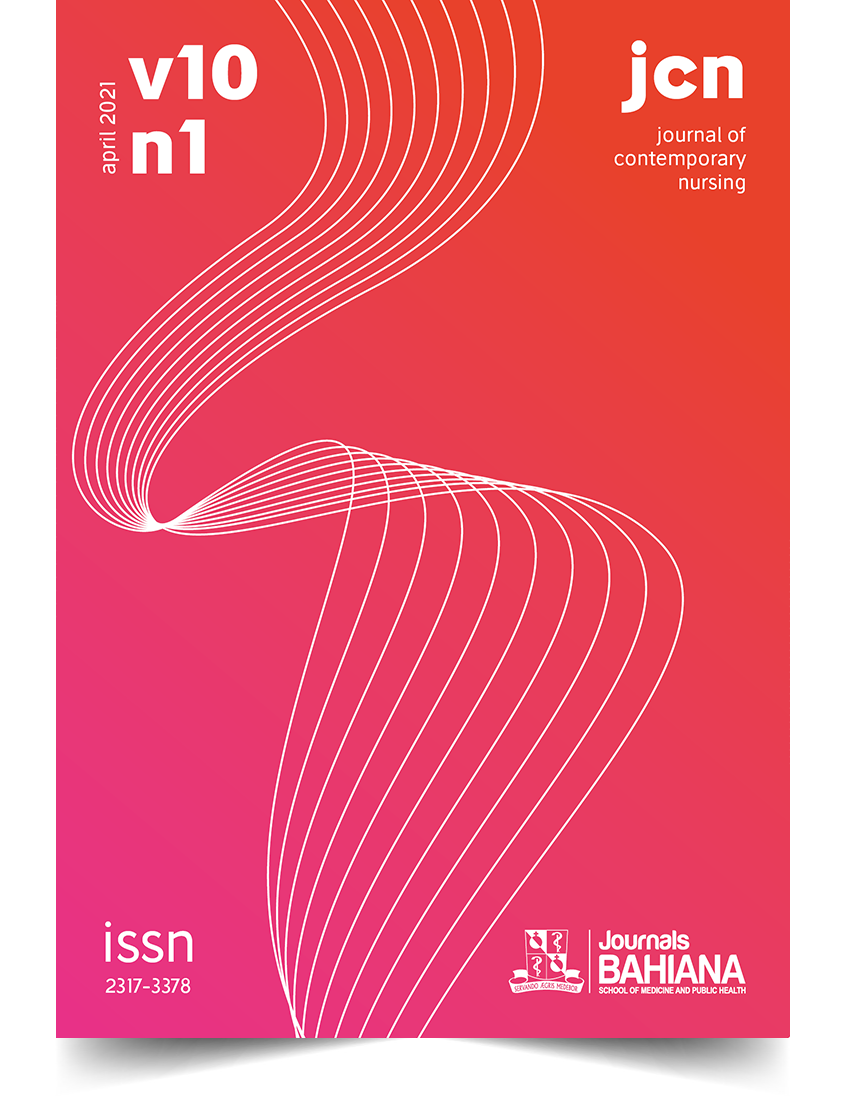Mobile application for evaluation, prevention and treatment of dermatitis associated with incontinence
DOI:
https://doi.org/10.17267/2317-3378rec.v10i1.2963Keywords:
Dermatitis. Diaper Dermatitis. Computer software. Medical informatics applications. Health promotion.Abstract
OBJECTIVE: To develop a mobile application to assist in the assessment, prevention and treatment of incontinence-associated dermatitis. METHODS: A study on the use of mobile technology in health care. The design of the mobile app involved the creation of didactic content, definition of topics related to the assessment, prevention, and treatment of IAD, selection of media, and interface design. In the implementation phase, tools and technological resources were configured, and an environment was built to download the app from the Internet and install it on a mobile device. RESULTS: Following an integrative review of the literature, the DIAPERSKIN mobile app was created containing 22 screens and 8 figures. It was registered with the Brazilian National Institute of Industrial Property (protocol number BR-51-2018-000-720-1) and is freely available in the Google Play Store. CONCLUSION: This study described the evidence-based planning and development of a mobile app for the assessment, prevention and treatment of IAD, which may be useful during clinical practice in the assessment of patients, selection of preventive measures and therapeutic approaches, and for continuing nursing education through an easy-to-use technology.



